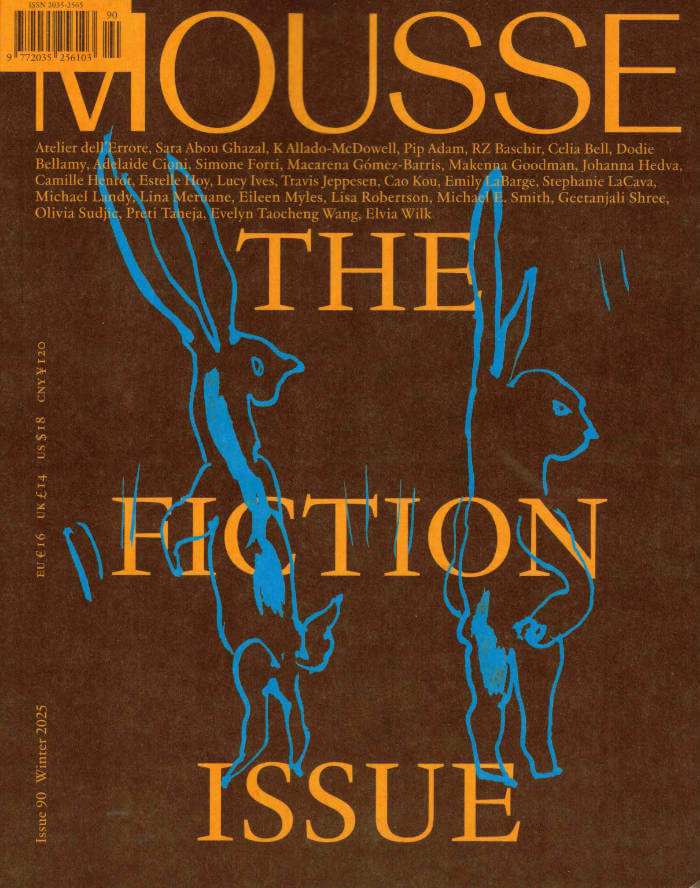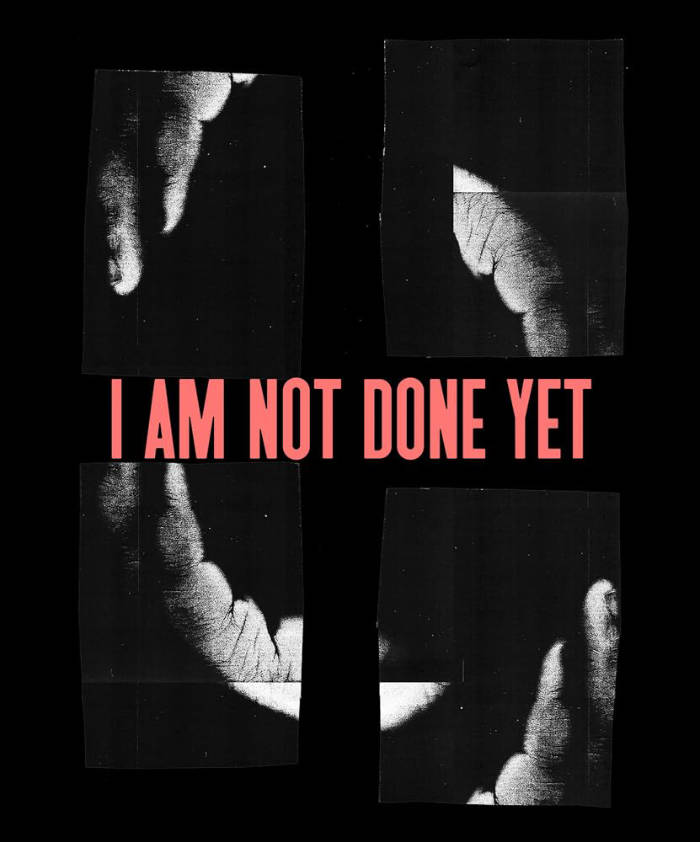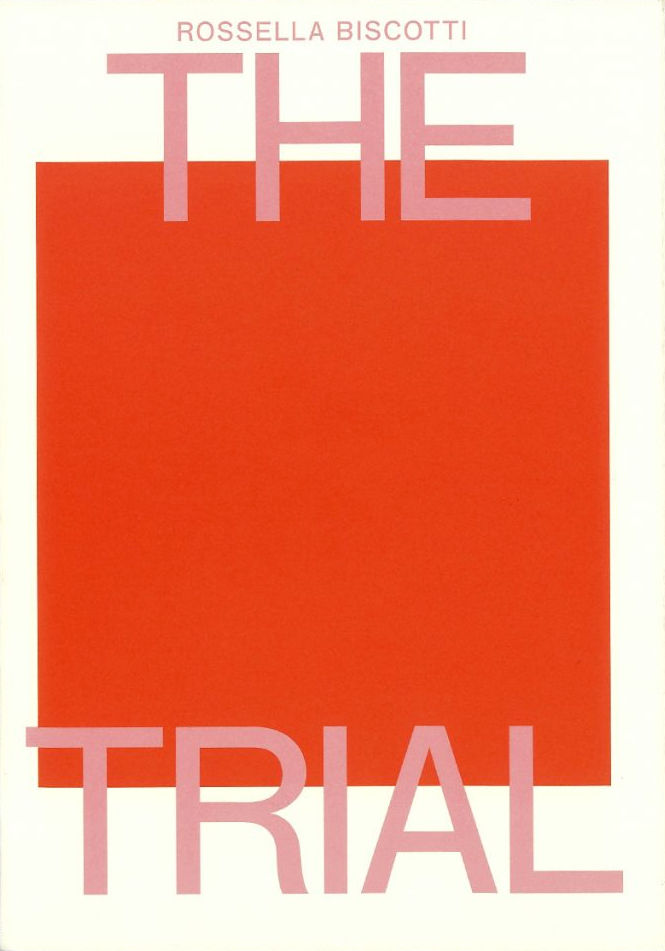
Mousse #90 – The Fiction Issue
Mousse celebrates its 90th issue with a collectible edition, with a special design and format, entirely focused on fiction.
Bringing together a cohort of writers and artists, Mousse #90 – The Fiction Issue stems from the eponymous Fiction column that has dwelled in our pages for five years, and expands its scope. It was developed together with Rosanna McLaughlin, Skye Arundhati Thomas, and Izabella Scott, who collectively coedited the art and literature quarterly The White Review between 2021 and 2023.
Here you'll find reprints from both Mousse and The White Review as well as new stories and translations we have jointly commissioned. Seven interludes, intended to open up other worlds through images, feature portfolios of drawings by Atelier dell'Errore, Michael E. Smith, Camille Henrot, Michael Landy, Simone Forti, Adelaide Cioni, and Evelyn Taocheng Wang.







